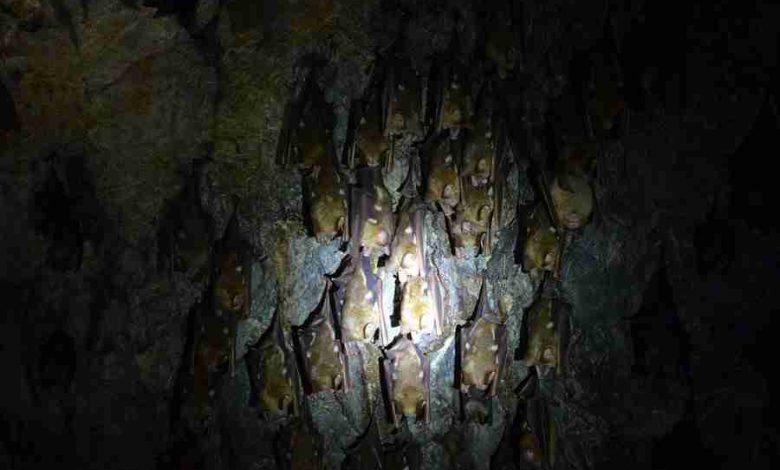
The survey monitors bat occurrence in key areas of the state. This survey uses acoustic recording equipment mounted on top of a car to detect bats along specific routes. Data has been collected on some of these standardized survey routes for the last ten years.
Some new routes are being added as well as some stationary sites where equipment is left out for several nights. Volunteers will be responsible for both conducting the driving survey and placing and retrieving stationary equipment.
Volunteers will need a vehicle and a partner to run the drive survey and be available for at least two nights during a specified two-week period in July. The driving survey begins 45 minutes after sunset and takes roughly 2.5 hours.
Stationary equipment should be put out prior to the first drive survey and left out until the second drive survey has been completed (a minimum of 4 nights).
The total time commitment, including virtual training, the two surveys, placing and retrieving stationary equipment and picking up and dropping off equipment, is roughly 12 hours primarily in July.
The final route for which the DNR is trying to find a volunteer is in Pocahontas County, just west of the town of Pocahontas. Interested volunteers from Pocahontas or any of the surrounding counties are encouraged to get in touch.
More details can be found at the Volunteer Wildlife Monitoring Website as well as a volunteer interest form that can be filled in electronically or a pdf is available for download on the website. You can also email [email protected].
The Iowa DNR started conducting annual summer bat surveys in part in response to the outbreak of white-nose syndrome about ten years ago. DNR wildlife diversity biologist, Stephanie Shepherd, says the surveys have helped them get a handle on the situation.
She says bats who gather in large groups are most vulnerable to the disease, and they’ve seen more impact in eastern Iowa where are there more caves. There’s a national effort to find a treatment for white-nose syndrome, but Shepherd says they are not involved.
Shepherd says increasing habitat is one way to make bat populations stronger.
She says bat boxes can help, especially if you have a building or home that you want to keep bats away from.
She says they also work with people who have wooded land to help bats.
You can find out more about bats on the DNR website.




